As transistor is the heart of many electronic devices, many projects executed under the genre of Electronics/ electricals are based on it. When it comes to the transistors, there are certain background and required knowledge while the execution of project with it. So, we have listed the top 7 transistor logic projects for engineering in this article. The students doing projects with transistor logics could benefit by going through the below top 7 transistor logic projects for engineering.
Top 7 Transistor Logic Projects for Engineering discipline courses pursuing students detailing the project background and required knowledge
1. A Partially Static High Frequency 18T Hybrid Topological Flip-Flop Design for Low Power Application
The requirement to maintain or cut down the counts of transistors have almost become mandatory because of the pace of technological developments realized in this modern era. Despite the cut down to the transistor counts, there should be nil comprises like increased delay, power, etc.
A true 1−ϕ clocking FF-Flip-Flop could be drafted by targeting the considerably reduced power operation. This could possibly feature only 18 transistors in it to built the required MS- Master Slave arrangement along with the utilization of adaptive coupling, logical, and topological approaches.
As the transistor itself is a fundamental element needed in most of the electronic devices used by many people, the proper utilization of it can empower any students doing transistor logic-based projects. The proper utilization of it demands the acquisition of the following: amplification operations, switching chores, handling of frequency signals, voltage management, FF, touch sensitivity, gate circuitries, reduced power operations, different kinds of transistors, application specific knowledge, etc.
2. Design of Two Stage Operational Amplifier and Implementation of Flash ADC
The requirement of converting devices is always at hike, especially in sophisticated modern era electronic equipments. Therefore, the performance of such converting device needs to be improvised to cop-up with the requirements of every end user.
Consequently, an improvised design of Flash ADC- Analog-To-Digital Converter could be made by making use of the following constituents: LTspice tools; comparators; binary encoder; thermometer; comparators (amplifier); and resistive ladder network. This could ensure that less power gets consumed as the outcome.
As the transistor itself is a fundamental element needed in most of the electronic devices used by many people, the proper utilization of it can empower any students doing transistor logic-based projects. The proper utilization of it demands the acquisition of the following: amplification operations, simulation tool, ADC, switching chores, handling of frequency signals, voltage management, reduced power operation, touch sensitivity, gate circuitries, different kinds of transistors, application specific knowledge, etc.
3. Design of Three Stage Dynamic Comparator with Tail Transistor using 20nm FinFET Technology for ADCs
Comparators relying on the CMOS- Complementary Metal–Oxide–Semiconductor is prone to many limitations like offset, increases utilization of power, leakage current, narrow channel consequence, etc. As a result, comparators relying on the FinFET-fin field-effect transistor are started to get developed by many researchers.
This FinFET dependent tech could be inculcated properly with three levels, which could help in cutting the challenges like leakage current as well as the narrow channel consequence.
As the transistor itself is a fundamental element needed in most of the electronic devices used by many people, the proper utilization of it can empower any students doing transistor logic-based projects. The proper utilization of it demands the acquisition of the following: amplification operations, narrow channel consequence handling, switching chores, CMOS, handling of frequency signals, FinFET, voltage management, touch sensitivity, leakage current handling, gate circuitries, different kinds of transistors, application specific knowledge, etc.
4. Two-Stage OTA with All Subthreshold MOSFETs and Optimum GBW to DC-Current Ratio
There is an emergence to improvise the performance imparted by CMOS owing to the evolving interest towards the IoT- Internet of Things, Bio-medical electronic gadgets, and WSN- Wireless Sensor Networks.
As a subsequent step, a design of OTA- Operational Transconductance Amplifier could be made by aiming to achieve the DC current utilization of less than one micron ampere, which helps in acquiring raised GBW- Gain-Bandwidth Product.
As the transistor itself is a fundamental element needed in most of the electronic devices used by many people, the proper utilization of it can empower any students doing transistor logic-based projects. The proper utilization of it demands the acquisition of the following: amplification operations, switching chores, IoT, handling of frequency signals, WSN, voltage management, OTA, touch sensitivity, gate circuitries, different kinds of transistors, application specific knowledge, GBW, etc.
5. A Novel Clock Gating Approach for the Design of Low-Power Linear Feedback Shift Registers
For serving the needs of achieving the reduction of delay, power, and area, LFSRs- Linear Feedback Shift Registers are the go-to option in several kinds of electronic devices. However, using this LFSRs could often give rise to certain limitations.
Any limitations encountered because of LFSRs could be easily sorted out by using the gated clock technique for the sake of acquiring the lesser levels of power utilization.
As the transistor itself is a fundamental element needed in most of the electronic devices used by many people, the proper utilization of it can empower any students doing transistor logic-based projects. The proper utilization of it demands the acquisition of the following: amplification operations, switching chores, handling of frequency signals, voltage management, gating technique, power controlling, touch sensitivity, gate circuitries, different kinds of transistors, shift registers, application specific knowledge, etc.
6. An Accurate Low-Power Power-on-Reset Circuit in 55-nm CMOS Technology
With the rapid developments realized in the arena of semiconductor devices, the area of the constituents used in them needs to be reduced drastically to cop-up with the necessity posed.
A power-on circuitry that is primarily able to operate on reduced power could be developed by relying on the current comparator as well as the current reference. The utilization and altering of the NMOS- N-channel Metal-Oxide Semiconductor could be done as applicable to provide the reference current.
As the transistor itself is a fundamental element needed in most of the electronic devices used by many people, the proper utilization of it can empower any students doing transistor logic-based projects. The proper utilization of it demands the acquisition of the following: amplification operations, switching chores, handling of frequency signals, handling of reference current, voltage management, NMOS, touch sensitivity, reduced power operation, gate circuitries, different kinds of transistors, application specific knowledge, etc.
7. Design and optimization of MIMO filter using current conveyor
The usage of filters needs to be varied in electronic circuitries depending upon the requirement and application.
By keeping this in mind, Universal filtering circuitry could be developed with the deployment of 2 current conveyors, BPF- band pass filter, HPF- high pass filter, and LPF- low pass filter, which could be analyzed by using the tool named PSPICE to measure the performance with regards to resistance.
As the transistor itself is a fundamental element needed in most of the electronic devices used by many people, the proper utilization of it can empower any students doing transistor logic-based projects. The proper utilization of it demands the acquisition of the following: amplification operations, switching chores, current conveyor, handling of frequency signals, voltage management, usage of several kinds of filters, touch sensitivity, gate circuitries, different kinds of transistors, application specific knowledge, etc.
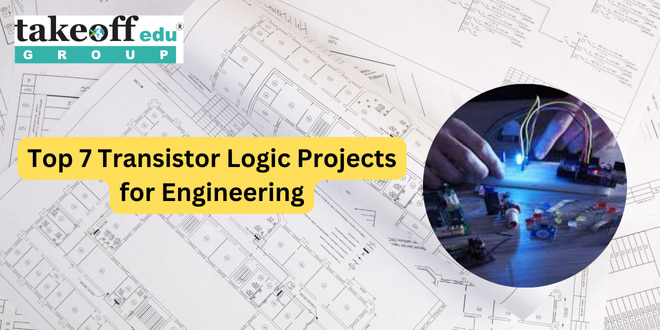
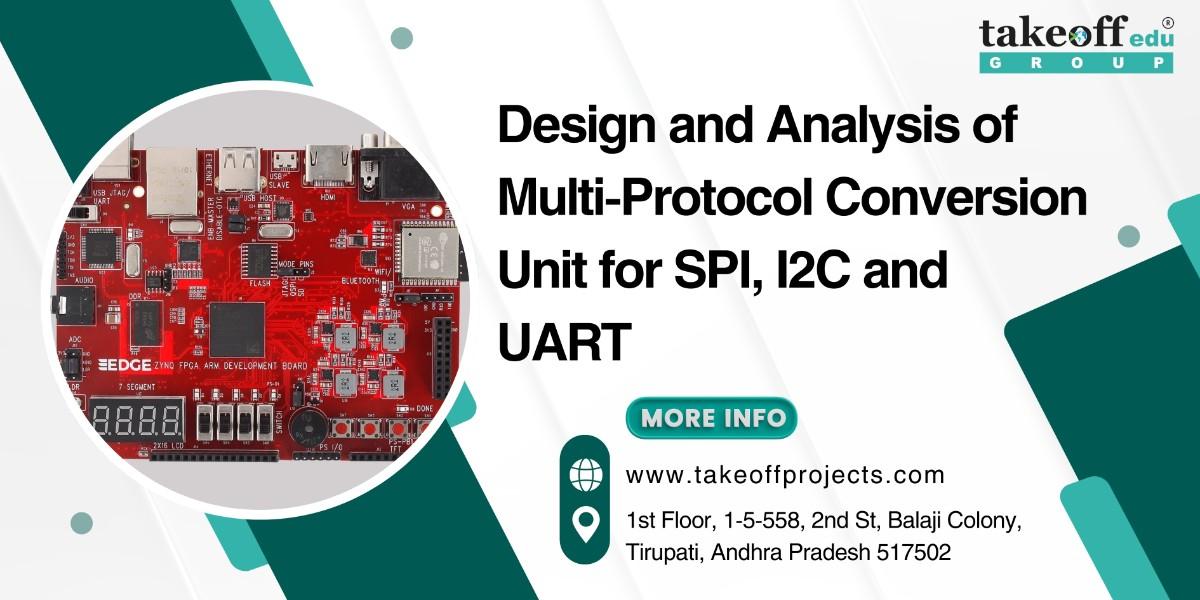 Design and Analysis of Multi-Protocol Conversion Unit for SPI, I2C and UART
Design and Analysis of Multi-Protocol Conversion Unit for SPI, I2C and UART  Design of Polar Codes in 5G New Radio
Design of Polar Codes in 5G New Radio  Design & Study the Performance of CMOS Based Ring Oscillator for 5G Mobile Communication
Design & Study the Performance of CMOS Based Ring Oscillator for 5G Mobile Communication 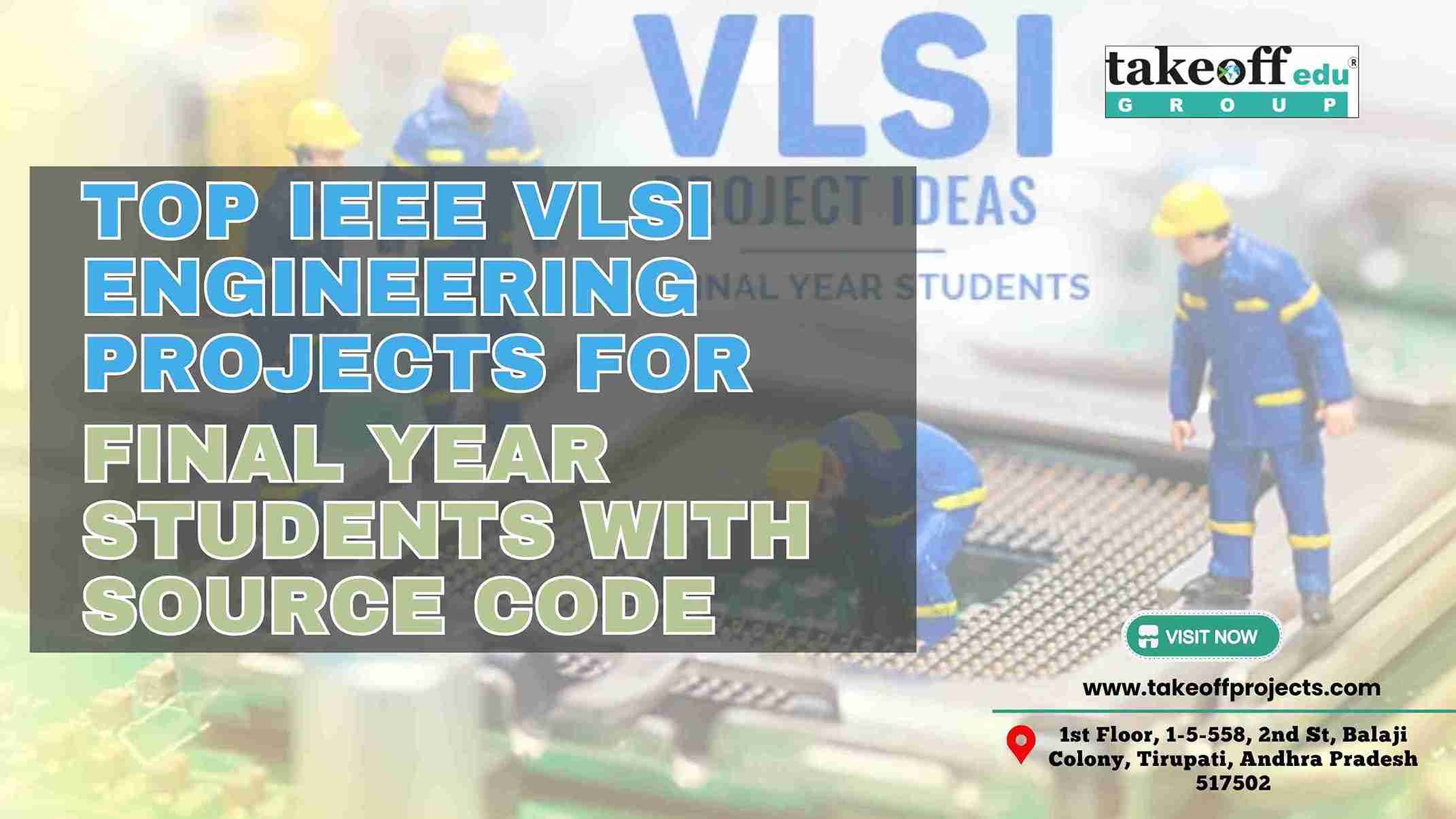 Top IEEE VLSI Engineering Projects For Final Year Students with Source Code
Top IEEE VLSI Engineering Projects For Final Year Students with Source Code  Best VLSI Projects for ECE Students
Best VLSI Projects for ECE Students 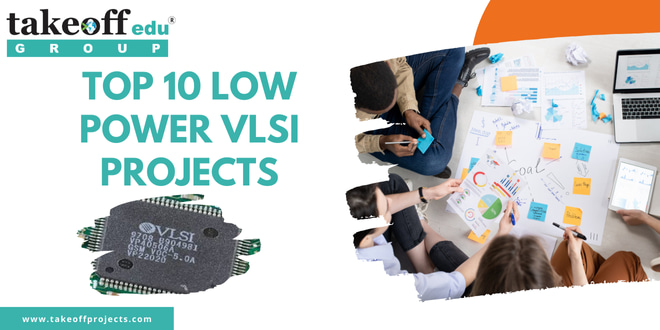 Top 10 Low Power VLSI Projects
Top 10 Low Power VLSI Projects 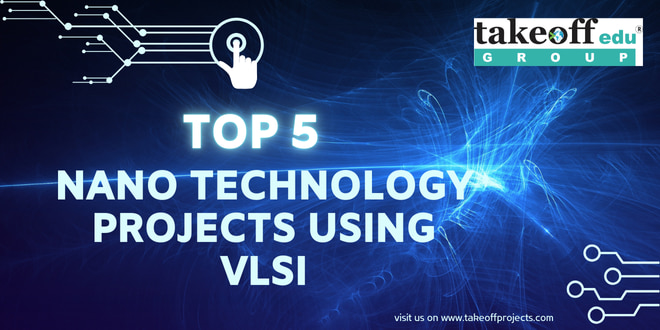 Top 5 Nano Technology Projects using VLSI
Top 5 Nano Technology Projects using VLSI 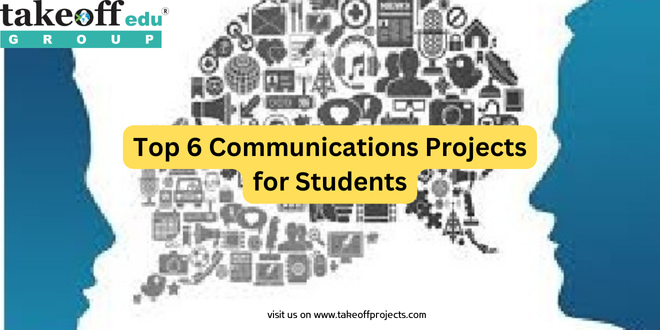 Top 6 Communications Projects for Students
Top 6 Communications Projects for Students 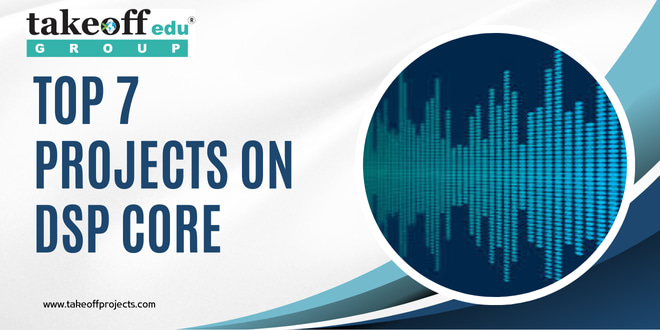 Top 7 Projects on DSP Core
Top 7 Projects on DSP Core 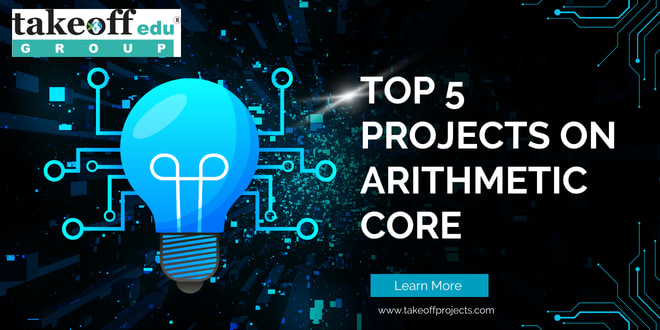 Top 5 Projects on Arithmetic Core
Top 5 Projects on Arithmetic Core 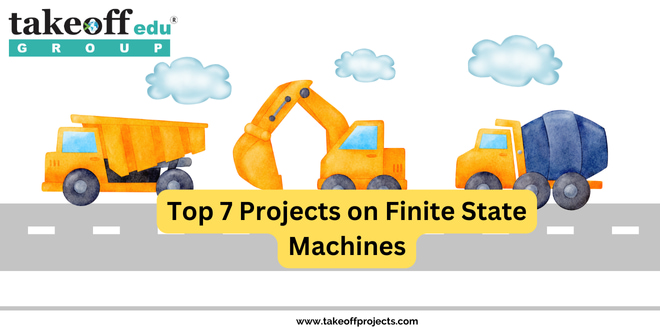 Top 7 Projects on Finite State Machines
Top 7 Projects on Finite State Machines 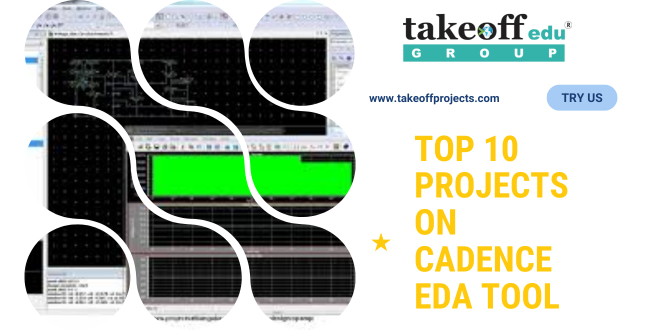 Top 10 Projects on Cadence EDA Tool
Top 10 Projects on Cadence EDA Tool 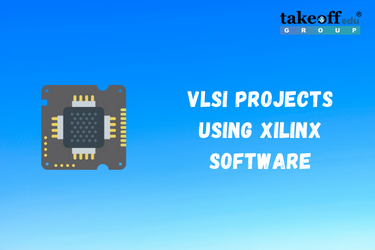 FPGA Final Year Projects for Electronics Students
FPGA Final Year Projects for Electronics Students 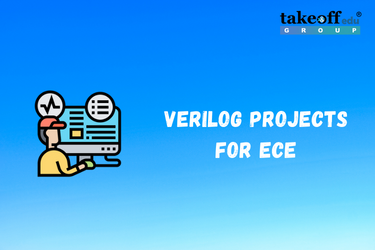 Verilog Projects for ECE
Verilog Projects for ECE 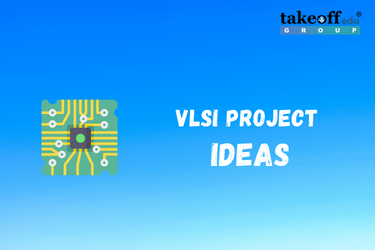 VLSI Project Ideas for Engineering
VLSI Project Ideas for Engineering 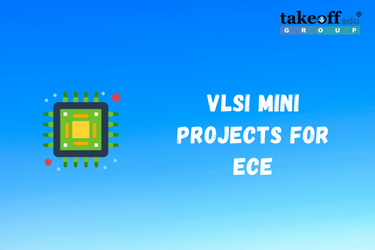 VLSI Mini Projects for ECE Department Students
VLSI Mini Projects for ECE Department Students 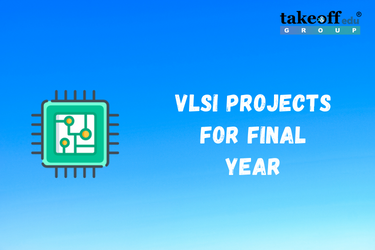 VLSI Projects for Final Year
VLSI Projects for Final Year 
 Paper Publishing
Paper Publishing


